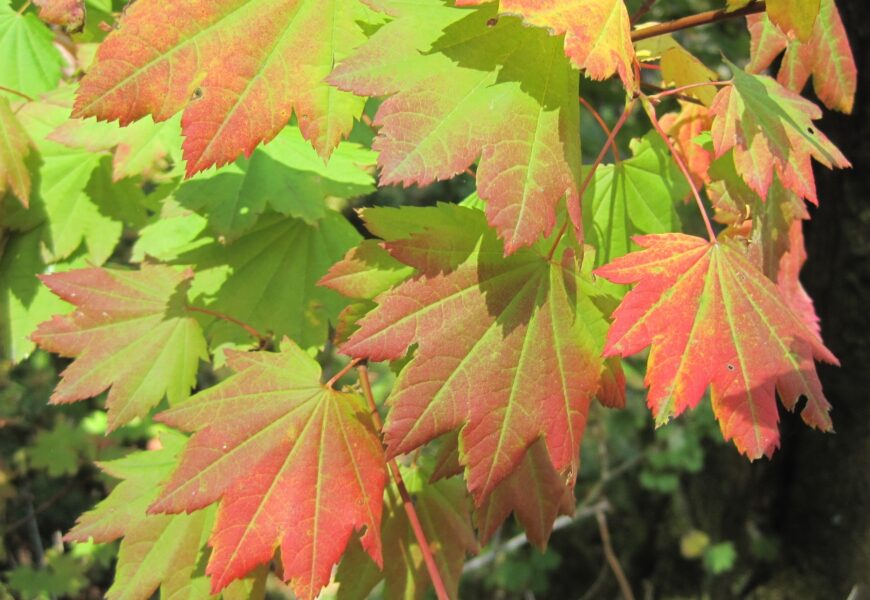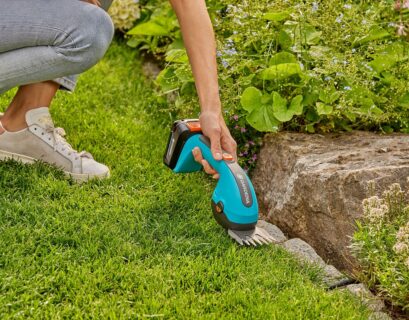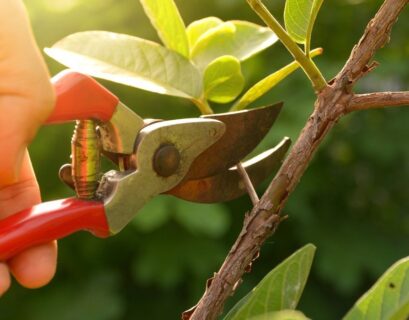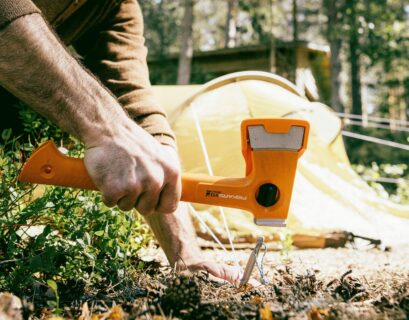If you’re looking to create a beautiful garden that’s low on maintenance but high on appeal, planting native species is the way to go. Native plants are those that have evolved naturally in your region over thousands of years. They are perfectly adapted to the local climate, soil, and wildlife, making them a practical and sustainable choice for any gardener. Here’s why planting native species can make garden maintenance easier and more rewarding.
Benefits of Planting Native Species
- Low Maintenance: Native plants require less water, fertilizer, and pesticides compared to non-native species. They are adapted to the local environment, meaning they thrive with minimal intervention. This reduces the time and effort you need to spend on garden upkeep.
- Drought Tolerance: Many native plants are naturally drought-tolerant, which is especially beneficial in regions prone to dry spells. Once established, these plants can survive on normal rainfall, cutting down on the need for supplemental watering.
- Pest and Disease Resistance: Native plants have built-in defenses against local pests and diseases. This resilience means fewer pest problems and a reduced need for chemical treatments, promoting a healthier garden environment.
- Supports Local Wildlife: Native plants provide essential food and habitat for local wildlife, including birds, bees, butterflies, and other pollinators. By planting native species, you can create a thriving ecosystem in your backyard that supports biodiversity.
- Sustainability: Choosing native plants is an eco-friendly option that helps conserve water, reduce pollution, and promote a balanced ecosystem. It also helps preserve the natural heritage of your region.
How to Choose Native Plants
- Research Local Species: Start by researching which plants are native to your region. Local nurseries, botanical gardens, and extension services are excellent resources for finding lists of native plants.
- Consider Your Garden’s Conditions: Take into account the specific conditions of your garden, such as soil type, sunlight, and moisture levels. Choose native plants that are suited to these conditions for the best results.
- Diversity is Key: Plant a diverse mix of native species to create a resilient and dynamic garden. Include a variety of flowers, shrubs, grasses, and trees to provide year-round interest and support a range of wildlife.
- Use Native Plant Guides: Many regions have native plant guides that provide detailed information on suitable species, their growing requirements, and how to care for them. These guides can be invaluable for planning your garden.
Popular Native Plants by Region
- Northeast:
- Black-Eyed Susan (Rudbeckia hirta): Bright yellow flowers that attract pollinators.
- Eastern Redbud (Cercis canadensis): A small tree with pink spring blossoms.
- Switchgrass (Panicum virgatum): A hardy grass that provides excellent ground cover.
- Southeast:
- Coneflower (Echinacea purpurea): Purple blooms that are great for pollinators.
- Southern Magnolia (Magnolia grandiflora): An evergreen tree with large, fragrant flowers.
- Blue-Eyed Grass (Sisyrinchium angustifolium): A low-growing plant with blue flowers.
- Midwest:
- Prairie Dropseed (Sporobolus heterolepis): A graceful grass with fine-textured foliage.
- Purple Prairie Clover (Dalea purpurea): A drought-tolerant plant with purple flowers.
- Bur Oak (Quercus macrocarpa): A sturdy tree that supports local wildlife.
- Southwest:
- Desert Marigold (Baileya multiradiata): Bright yellow flowers that bloom in dry conditions.
- Saguaro Cactus (Carnegiea gigantea): An iconic cactus that provides habitat for birds.
- Mexican Feather Grass (Nassella tenuissima): A delicate grass that sways in the breeze.
- West Coast:
- California Poppy (Eschscholzia californica): Vibrant orange flowers that are easy to grow.
- Oregon Grape (Mahonia aquifolium): An evergreen shrub with yellow flowers and blue berries.
- Redwood (Sequoia sempervirens): A majestic tree that can live for centuries.
Tips for Planting and Caring for Native Species
- Prepare the Soil: Native plants generally thrive in the natural soil of your region. Minimal soil amendment is needed, but ensure the soil is well-drained and free of weeds.
- Water Wisely: Water newly planted natives regularly until they are established. After that, most native plants will need little to no supplemental watering.
- Mulch: Use mulch to help retain moisture, suppress weeds, and protect plant roots. Organic mulch like wood chips or leaf litter is ideal.
- Avoid Fertilizers and Pesticides: Native plants often don’t need chemical fertilizers or pesticides. Let natural processes control pests and nourish the soil.
- Prune and Maintain: Regular pruning and deadheading can keep native plants looking their best and encourage new growth. However, native plants typically require less maintenance than exotic species.
Conclusion
Planting native species is a smart and sustainable way to create a beautiful, low-maintenance garden. By choosing plants that are naturally adapted to your region, you’ll enjoy a thriving garden with less effort and resource use. Not only will you benefit from reduced maintenance, but you’ll also support local wildlife and promote environmental health. Start exploring native plants for your garden today and see the difference they can make.











